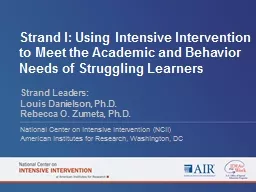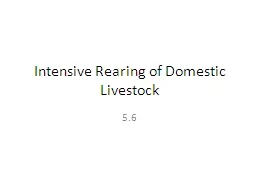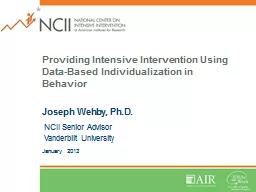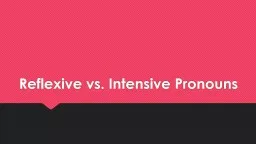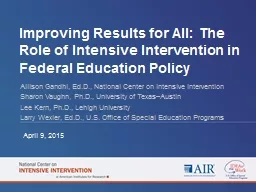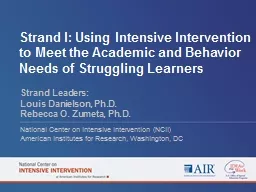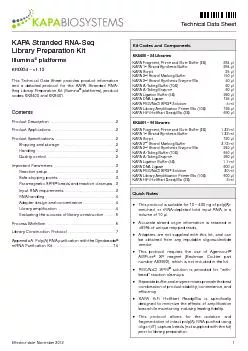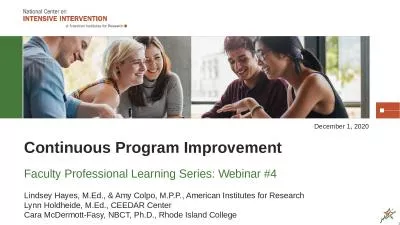PPT-Strand I: Using Intensive Intervention to Meet the Academic
Author : cheryl-pisano | Published Date : 2016-05-15
Strand Leaders Louis Danielson PhD Rebecca O Zumeta PhD National Center on Intensive Intervention NCII American Institutes for Research Washington DC Understand
Presentation Embed Code
Download Presentation
Download Presentation The PPT/PDF document "Strand I: Using Intensive Intervention t..." is the property of its rightful owner. Permission is granted to download and print the materials on this website for personal, non-commercial use only, and to display it on your personal computer provided you do not modify the materials and that you retain all copyright notices contained in the materials. By downloading content from our website, you accept the terms of this agreement.
Strand I: Using Intensive Intervention to Meet the Academic: Transcript
Download Rules Of Document
"Strand I: Using Intensive Intervention to Meet the Academic"The content belongs to its owner. You may download and print it for personal use, without modification, and keep all copyright notices. By downloading, you agree to these terms.
Related Documents

